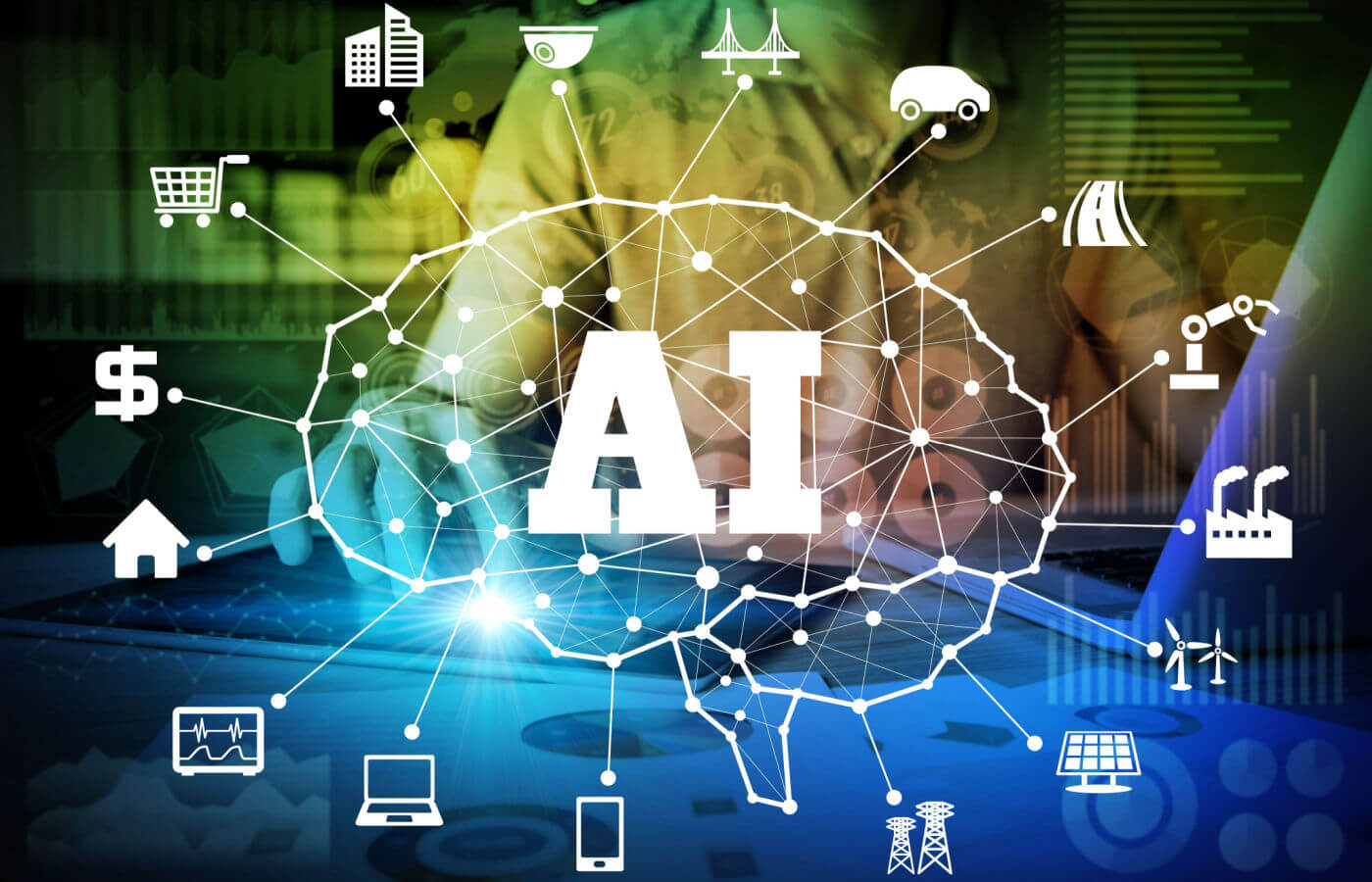Meta AI Compared to OpenAI: Similarities to Azure and AWS

Understanding the Key Players in AI: Meta AI and OpenAI
Introduction to AI Landscape
Artificial Intelligence (AI) is a rapidly evolving field that has captured the attention of both tech enthusiasts and investors. In this marketplace, two prominent entities have emerged as leaders: Meta AI and OpenAI. Understanding their roles and offerings helps to clarify the competitive dynamics in the AI industry.
Meta AI: An Overview
Who is Meta AI?
Meta AI is part of Meta Platforms, Inc. (formerly Facebook, Inc.), which has made significant strides in the AI sector. Their focus extends beyond social media, exploring the applications of AI in various domains, including virtual and augmented reality, social platforms, and advanced data analytics. Meta’s goal is to integrate more AI functionalities into its suite of products, enhancing user experiences and enabling innovative features.
Key Offerings from Meta AI
- Natural Language Processing: Enhanced tools that facilitate more meaningful conversations between machines and humans.
- Computer Vision: Applications aimed at recognizing and interpreting visual information, relevant for social media tagging and advertising.
- AI for Metaverse Development: Investing heavily in AI technologies to create immersive experiences in their vision of the Metaverse.
OpenAI: A Closer Look
What is OpenAI?
OpenAI is an artificial intelligence research lab that was established with the mission to ensure that artificial general intelligence (AGI) benefits all of humanity. OpenAI’s research has cultivated groundbreaking advancements, including the well-known language model, GPT-3, which has garnered attention for its capabilities in understanding and generating human-like text.
Key Contributions of OpenAI
- GPT Series: Known for generating coherent and contextually relevant text, aiding everything from chatbots to content creation.
- DALL-E: An AI model that generates images from textual descriptions, showcasing the potential for creativity in AI.
- Ecosystem of Models: Various applications ranging from chatbots to tools for programmers, enhancing productivity across sectors.
Comparing Meta AI and OpenAI
When analyzing these two powerhouses, one can draw several comparisons based on their operational strategies and market influences.
Research Focus
- Meta AI is more focused on integrating AI with social media and creating engaging user-centric applications.
- OpenAI, on the other hand, is dedicated to broad research initiatives aimed at serving as a foundation for future AGI, focusing on safety and ethical guidelines.
Business Models
- Meta AI operates under a commercial framework that enhances its existing products, driving user engagement and revenue through advertising and premium features.
- OpenAI has embraced a hybrid model, providing API access to businesses while continually reinvesting in research to build more sophisticated models with broader applications.
Market Implications
The competition between Meta AI and OpenAI has substantial implications for the tech landscape. As both entities work concurrently, they are likely to accelerate advancements in the AI sector. The rivalry can lead to enhanced innovation, improved performance of AI systems, and broader adoption across industries such as finance, healthcare, and education.
Areas of Growth and Investment
- Healthcare: Both companies are exploring AI solutions for diagnostics, treatment plans, and patient data management.
- Education: AI applications in personalized learning are gaining traction, with both companies venturing into this sector.
- Entertainment: Meta’s focus on the Metaverse is complemented by OpenAI’s creative technologies, paving the way for new storytelling experiences.
In summary, Meta AI and OpenAI represent pivotal components in the AI ecosystem. Their ongoing advancements and competitive efforts position them as key contributors to future technological landscapes, impacting various sectors and shaping how we interact with digital platforms. Understanding their distinct paths and potential collaborations helps to navigate the complex AI arena.



